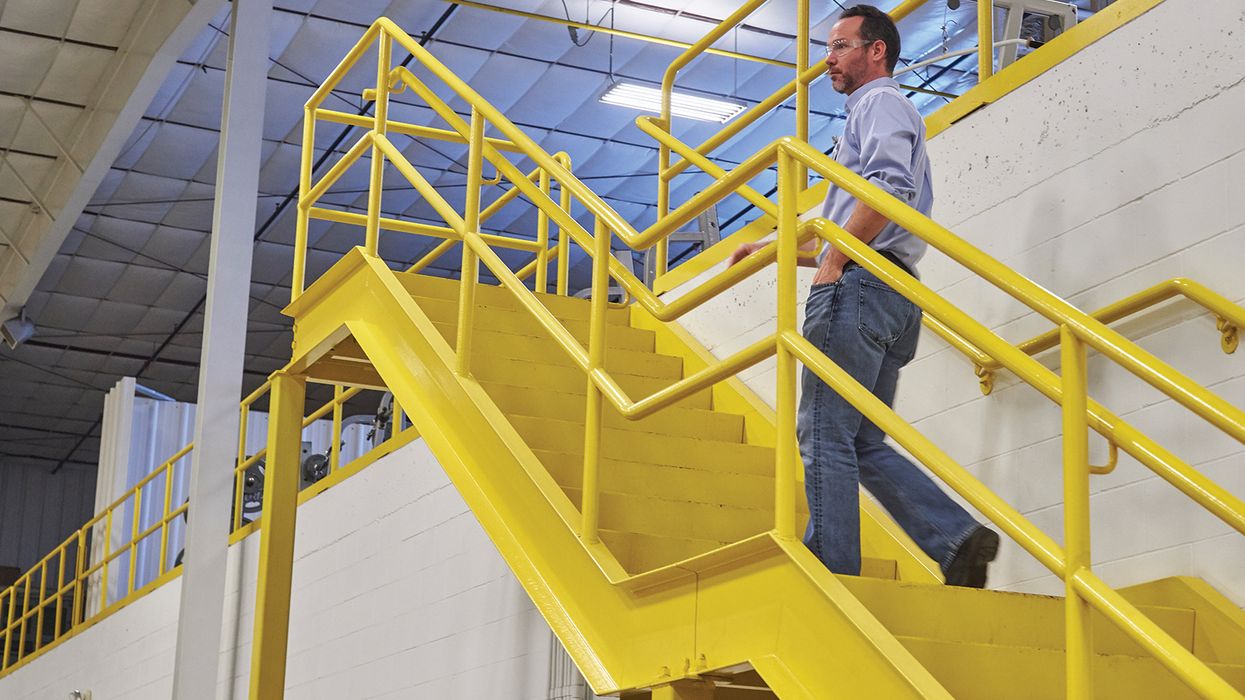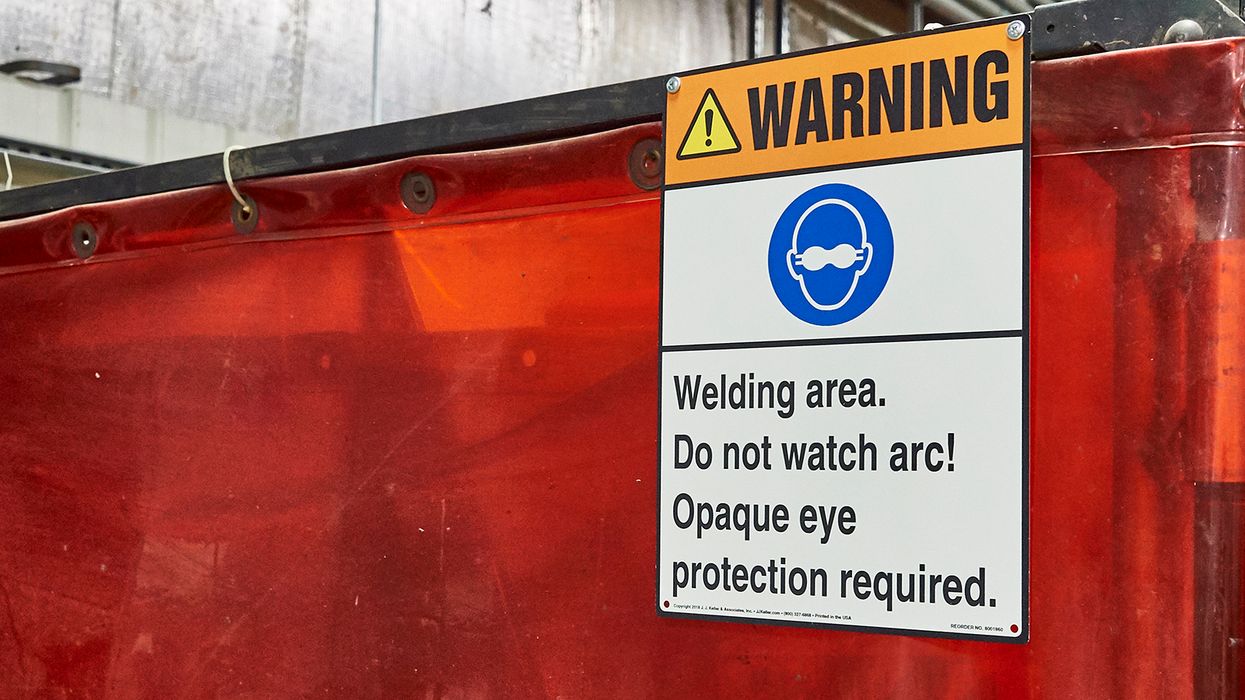Virtual Conference participants share employee engagement ideas
Only 32 percent of U.S. workers are fully engaged at work, according to Gallup. That’s why J. J. Keller recently hosted an interactive virtual conference called “Driving Employee Engagement.” About 70 participants were asked to share their best practices for improving workplace culture.
The one-hour event began with a brief presentation by subject matter experts on what is meant by employee engagement, why it is important, and how it can be improved.
Presenters shared this definition of employee engagement by entrepreneur and author Kevin Kruse: “Employee engagement is the emotional commitment the employee has to the organization and its goals.”
The conference presenters went on to explain that having engaged employees means they:
- Come to work;
- Care about the work they are doing;
- Care about the company for which they work;
- Believe in the company’s mission, and are committed toward helping fulfill it;
- Feel motivated to work hard;
- Deliver on individual and shared goals; and
- Get the job done.
Employee engagement challenges
During the interactive portion of the event, J. J. Keller invited the HR and safety professionals in attendance to share their employee engagement challenges and success stories.
Several participants mentioned remote work could be a roadblock. Others mentioned that not having financial support from company leadership made it difficult to create initiatives to encourage engagement. That lack of financial support comes into play because employees who are protective of their non-working hours may not be willing to participate in teambuilding activities on personal time.
What has worked to improve engagement
One conference attendee said taking the time to have one-on-one talks with employees and hearing their perspectives makes them feel valued.
“Sometimes a simple phone call to check in on employees that may not have crossed your path in a few days makes a world of difference,” he said.
Another attendee shared that team leaders impact engagement.
“As a leader, knowing your people is critical,” the attendee said. “Informing them of what's going on is critical too. I believe people work more effectively when they have an idea of what to expect for the day.”
7 suggestions for increasing engagement shared by conference attendees
- Game day: Teambuilding activities can be part of employee engagement, especially when employees have to collaborate and work together to accomplish a goal. This can be an effective way to introduce employees from different departments to each other, as they can all take part in the event. One example of an activity is a “board walk.” Each team has a pair of long boards, and team members place one foot on each board, and use the ropes attached to the boards to lift the boards and “walk.” Everyone must be in sync and work as a team to move forward.
- Meet employees where they are at: When crews work at job sites, leadership team members can visit the job sites to deliver messages to workers. Another attendee mentioned leadership visiting crews at job sites and delivering a structured presentation that included quizzes about the company. Still another option is to have meetings on Teams or another platform that allows remote associates to attend on their phones.
- Engaging the family: A construction company with 75 percent of employees who are Spanish speaking used a drawing contest to engage employees in safety. Employees’ children drew pictures of what they thought their parents did at work. Prizes were awarded, and the pictures will be compiled into a calendar at the end of the year that is distributed as a holiday gift.
- Cultural assessment: A company that had an executive reorganization hired an outside firm to do a cultural assessment, with everyone in the company’s shop and office participating. The company’s CEO has started doing a Friday e-blast to all employees with company updates.
- Speed dating: To help employees get to know each other, use a speed dating-type format. Have employees spend 5-15 minutes talking with an employee from another department or division, and then move to a discussion with another associate.
- Introductions: Introduce a new employee to associates they may be working with. The new employee will probably not remember everyone’s name, but it will give them an idea of where to go when they have questions.
- New hire surveys: Conduct one survey at seven days and another at 30 days. This gives new hires the opportunity to share feedback and highlight any employee who has been particularly helpful in their training, allowing leaders to follow up and show appreciation to that employee.
Key to remember: Virtual conference attendees came away with the message that they are not alone when it comes to employee engagement challenges, but also with innovative ideas and motivation for boosting employee engagement in their organizations.

































































